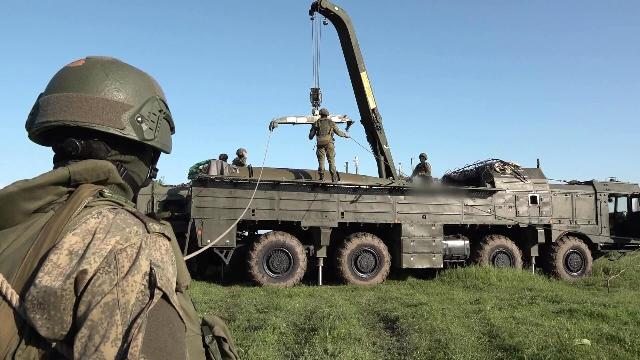The Ministry of Defense named the goals of the nuclear exercises with Belarus
MOSCOW, June 12 — RIA Novosti, David Narmania. The Russian army has begun the second stage of the exercises of non-strategic nuclear forces. This time, together with Belarus. About how the maneuvers take place, what their tasks are, how this is related to the actions of the West, — in the RIA Novosti material.
Checking readiness
"During the exercise, issues of joint training of units of the armed forces of the Russian Federation and the Republic of Belarus for the combat use of non—strategic nuclear weapons will be worked out," the Ministry of Defense said.
According to the ministry, the purpose of the maneuvers is to maintain the readiness of the armed forces of the two countries to ensure the sovereignty and territorial integrity of the Union State.
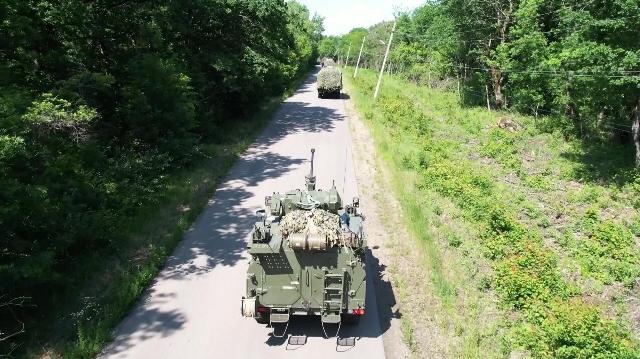
The second stage of the exercises of the non-strategic nuclear forces of Russia and Belarus
Image source: © RIA Novosti / Press Service of the Ministry of Defense of the Russian Federation
The agency also published a one-and—a-half-minute video showing the deployment of Iskander tactical missile systems and the work of MiG-31 fighter aircraft and Tu-22 missile carriers.
Rich arsenals
It was these types of weapons that were used at the first stage of the exercises. Then the rocket scientists of the Southern Military District worked out the tasks of obtaining special munitions, installing them on carriers, as well as advancing to the area and preparing for launches. The VKS, in turn, trained the use of aviation weapons, including hypersonic Daggers.
Mock-ups of the Iskander nuclear warhead were demonstrated back in 2018 at the Army Forum. The power, according to various estimates, ranges from five to 50 kilotons. According to rough estimates by the Stockholm Peace Research Institute (SIPRI), the Russian army had about 70 nuclear warheads for this complex, but in reality there may be more. There is no information about "Daggers" with special combat units in open sources.
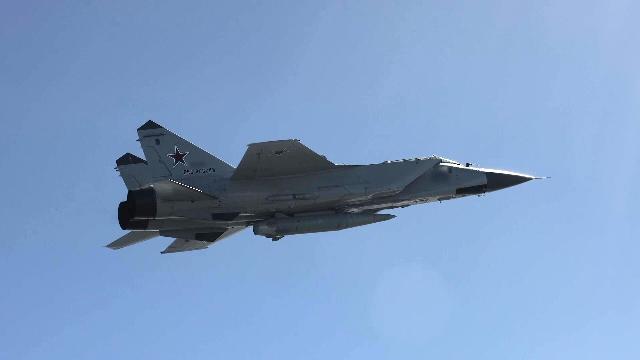
The second stage of the exercises of the non-strategic nuclear forces of Russia and Belarus
Image source: © RIA Novosti / Press Service of the Ministry of Defense of the Russian Federation
The fact is that tactical nuclear weapons, unlike strategic ones, were not the subject of international agreements in which Russia participates, so the number of such ammunition in arsenals is not known for certain. However, as Vladimir Putin said at the SPIEF, it is many times more than that of European countries and the United States.
At the same time, the Daggers have already proved their invulnerability to air defense systems — in non-nuclear equipment they were repeatedly used to attack Ukrainian military facilities as part of a special military operation, and they could not shoot down any of the APU missiles.
In addition to missiles, which include sea-based "Calibers", the Russian army has a rich arsenal of artillery nuclear munitions at its disposal. The smallest is a 152-millimeter 3BV3 with a capacity of 2.5 kilotons. It was adopted in 1981, it is designed to fire from a wide range of guns: D-20, ML-20, self-propelled howitzers 2C3 "Acacia", 2C5 "Hyacinth-C", towed "Hyacinth-B". In addition, there are also nuclear shells for the 240 mm Tulip mortar.
Keep the powder dry
According to Igor Korotchenko, a military analyst and editor—in-chief of the National Defense magazine, the main point of such events is to check the availability of units fully ready to use any means of destruction, including tactical nuclear weapons. "In other words, gunpowder needs to be kept dry," the expert noted in a comment for RIA Novosti.
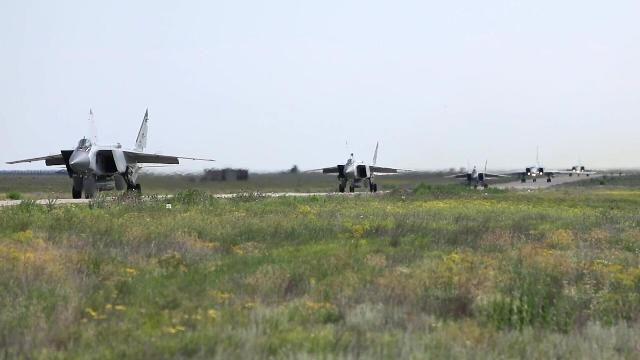
The second stage of the exercises of the non-strategic nuclear forces of Russia and Belarus. Freeze frame of the video
Image source: © RIA Novosti / Press Service of the Ministry of Defense of the Russian Federation
At the same time, he also expressed the opinion that appropriate changes should be made to the military doctrine.
"It must be clearly stated that NATO's aggression — even with the use of exclusively conventional weapons — may result in a retaliatory strike based on the Russian nuclear missile potential, since the alliance in any case surpasses Russia in total military power. We need to be able to fend off the threat from him," the expert explained.
A living instrument
Vladimir Putin also spoke about possible adjustments to the doctrine on Friday during a speech at the SPIEF.
"This doctrine is a living instrument, and we are carefully watching what is happening in the world around us, and we do not rule out making any changes," the Russian leader said.
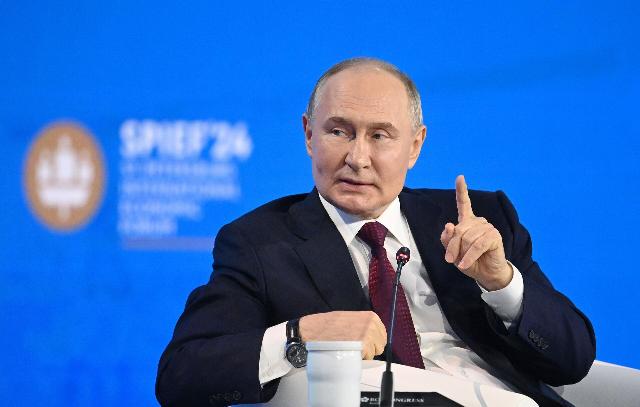
Russian President Vladimir Putin takes part in the plenary session of the St. Petersburg International Economic Forum
Image source: © RIA Novosti / Sergey Bobylev
He stressed that Russia does not rattle nuclear weapons. On the contrary, such rhetoric has always come from the West. At the same time, the president added that Moscow had withdrawn from the Comprehensive Nuclear Test Ban Treaty and was capable of conducting them if necessary. However, there is no such need now.
The geopolitical background
In parallel with the already mentioned maneuvers, Russia is also conducting exercises in the Caribbean Sea — planes and ships are being transferred there. In particular, the nuclear submarine Kazan of the 885M Yasen-M project and the frigate Admiral Gorshkov went on a campaign. Russian sailors will arrive in Cuba today, June 12.
The Cuban Defense Ministry noted that the exercises are connected with historically friendly relations between the two countries and comply with all international rules. They also stressed that the Russian ships will arrive without nuclear weapons. At the same time, Moscow did not notify Washington of its plans.

Frigate Admiral of the Fleet of the Soviet Union Gorshkov
Image source: © RIA Novosti / Ministry of Defense of the Russian Federation
However, the very fact of the presence of Russian carriers of anti-ship "Zircons" 250 kilometers off the coast of Florida makes the United States think. The Pentagon has already announced that they will closely monitor the maneuvers, and even sent several ships for this purpose.
The frigate Admiral Gorshkov and the submarine Kazan will stay in Cuba until June 17, after which they will leave for Venezuela. The coincidence of these maneuvers with nuclear exercises is an open signal to the West that the Kremlin has the capacity to respond to Washington's attempts to aggravate the situation in Ukraine. The relevant decisions were made against the background of discussions about the possibility of sending European instructors to Ukraine. Now these discussions have subsided, but whether the West has managed to correctly interpret the Kremlin's signal will become clear from the further steps of Kiev's sponsors.
